Spin waves offer a new approach to digital computing’s counterpart.
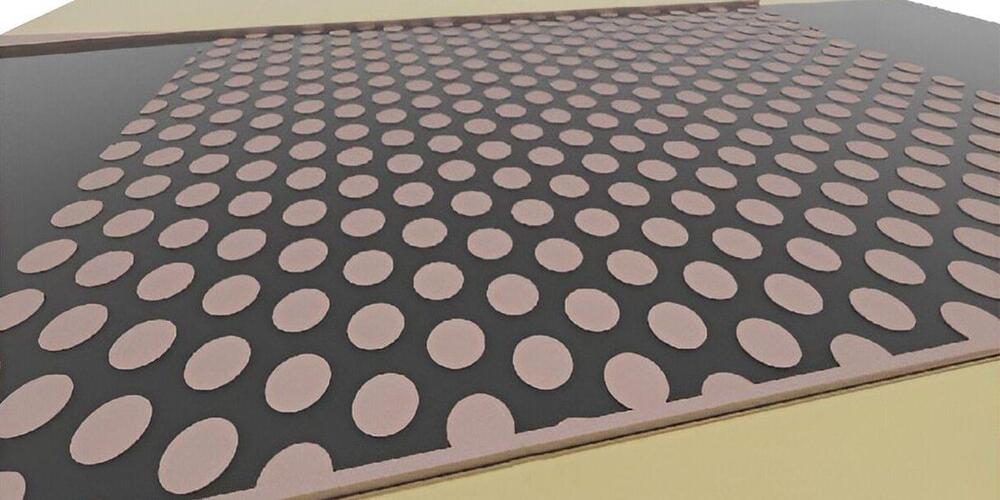

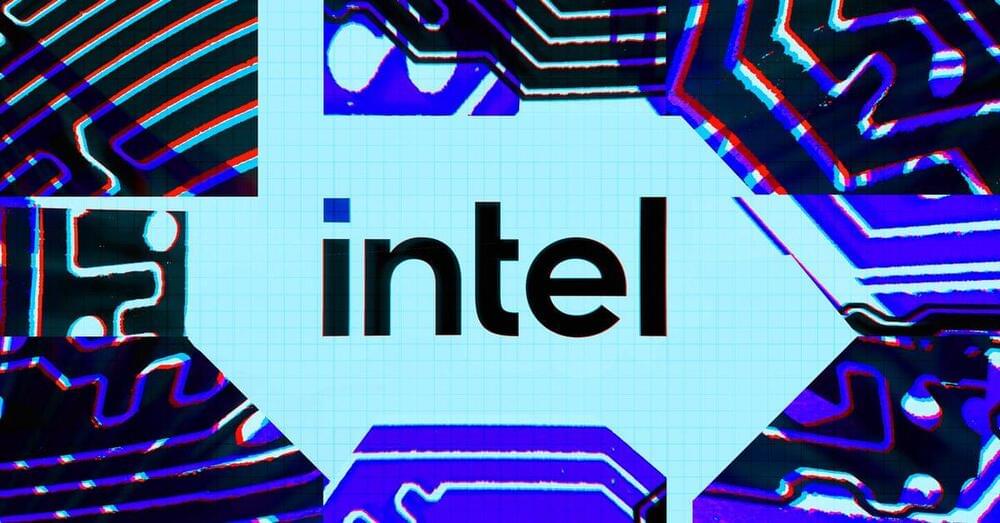


Dr. Jean Ristaino: “We searched those descriptions by keywords, and by doing that we were able to recreate the original outbreak maps using location coordinates mentioned in the documents. We were also trying to learn what people were thinking about the disease at the time and where it came from.”
Can plant diseases be tracked through analyzing past reports? This is what a recent study published in Scientific Reports hopes to address as a team of researchers at North Carolina State University (NCSU) attempted to ascertain the causes behind blight disease on plants, known as Phytophthora infestans, that resulted in the Irish potato famine during the 1840s. This study holds the potential to help scientists and farmers not only better understand the causes of blight disease in plants, but also how they might be able to predict them in the future.
Image of a blight lesion on a potato leaf. (Credit: Jean Ristaino, NC State University)
For the study, the researchers analyzed United States farm reports from 1,843 to 1,845 by searching for keywords, including “evil”, “murrain”, “rot”, “black spots”, and “decay”, just to name a few, within the scanned documents using the computer programming language, Python. In the end, the researchers discovered a notable increase in the usage of the keywords, “disease”, “blight”, and “rot” within the reports between 1,843 and 1,845, with the researchers noting the usage of these keywords began occurring in 1,844, indicating the disease began in 1843.

The electron is the basic unit of electricity, as it carries a single negative charge. This is what we’re taught in high school physics, and it is overwhelmingly the case in most materials in nature.
But in very special states of matter, electrons can splinter into fractions of their whole. This phenomenon, known as “fractional charge,” is exceedingly rare, and if it can be corralled and controlled, the exotic electronic state could help to build resilient, fault-tolerant quantum computers.
To date, this effect, known to physicists as the “fractional quantum Hall effect,” has been observed a handful of times, and mostly under very high, carefully maintained magnetic fields. Only recently have scientists seen the effect in a material that did not require such powerful magnetic manipulation.
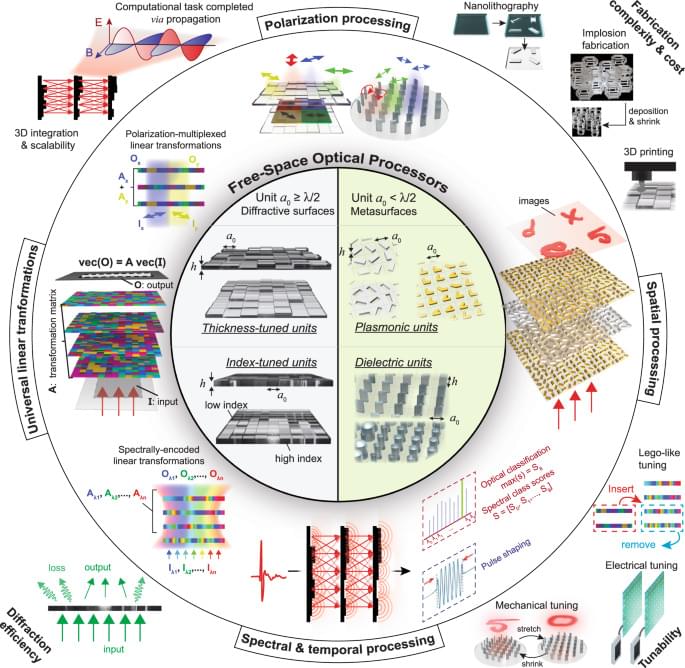
Optica l computing via free-space-based structured optical materials allows to access optical information without the need for preprocessing or optoelectronic conversion. In this Perspective, the authors describe opportunities and challenges in their use for optical computing, information processing, computational imaging and sensing.
Firefly Aerospace sent a Lockheed Martin payload to the wrong orbit in December, and it is now ‘implementing corrections’ for future missions.
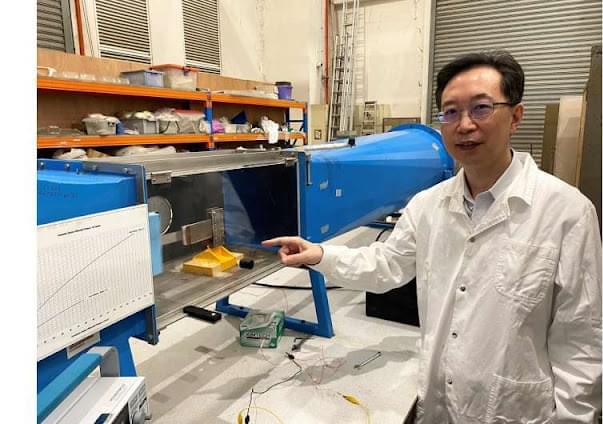
Researchers from Nanyang Technological University in Singapore (NTU Singapore) have created a low-cost tool that can capture power from wind energy as moderate as a light breeze.
The gadget can create a voltage of three volts and energy power of up to 290 microwatts when exposed to winds with speeds as low as 2 meters per second (m/s). This is enough to power a commercial sensor device and allow it to transfer data to a smartphone or computer.

Fashioned from the same element found in sand and covered by intricate patterns, microchips power smartphones, augment appliances and aid the operation of cars and airplanes.
Now, scientists at the U.S. Department of Energy’s (DOE) Princeton Plasma Physics Laboratory (PPPL) are developing computer simulation codes that will outperform current simulation techniques and aid the production of microchips using plasma, the electrically charged state of matter also used in fusion research.
These codes could help increase the efficiency of the manufacturing process and potentially stimulate the renaissance of the chip industry in the United States.
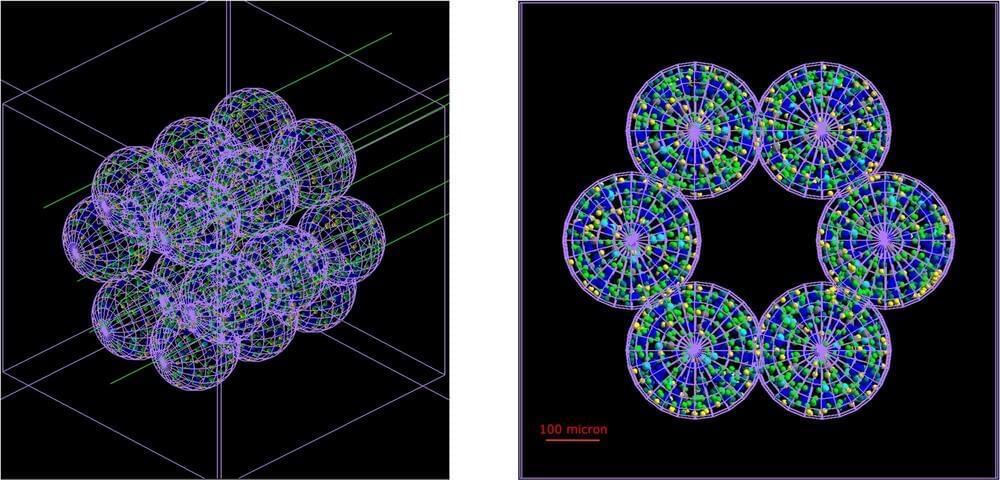
An innovative computer model of a human lung is helping scientists simulate, for the first time, how a burst of radiation interacts with the organ on a cell-by-cell level.
This research, carried out at the University of Surrey and GSI Helmholtzzentrum für Schwerionenforschung, Darmstadt, could lead to more targeted treatments for cancer and reduce the damage caused by radiotherapy. The research is published in the journal Communications Medicine.
Dr. Roman Bauer, Senior Lecturer at the University of Surrey, said, “Doctors could one day use our model to choose the right length and strength of radiotherapy—tailored to their patient. This is exciting enough—but others could use our technique to study other organs. This could unlock all kinds of medical knowledge and could be great news for doctors and future patients.”